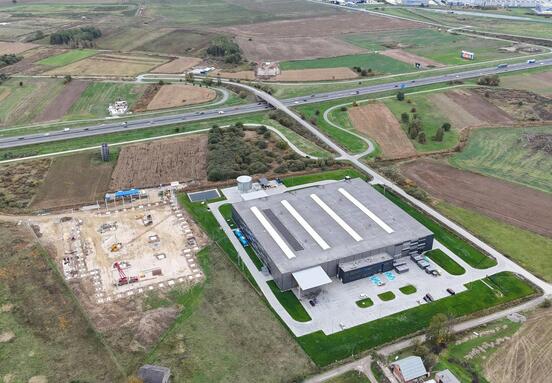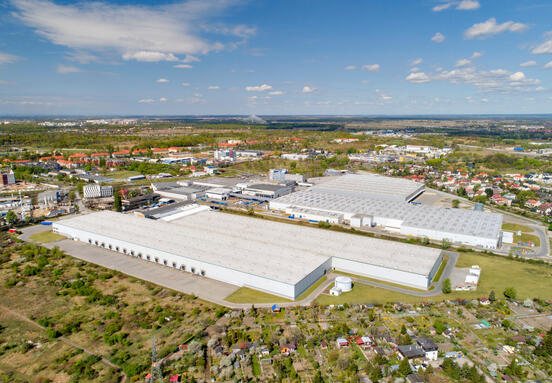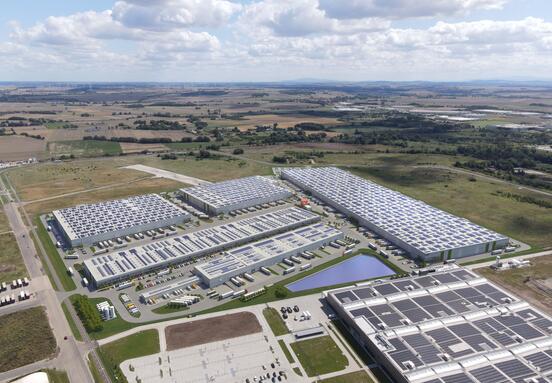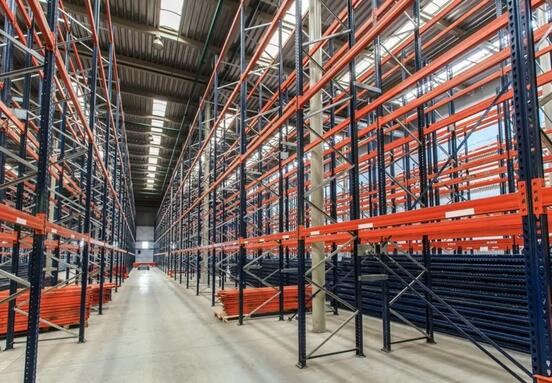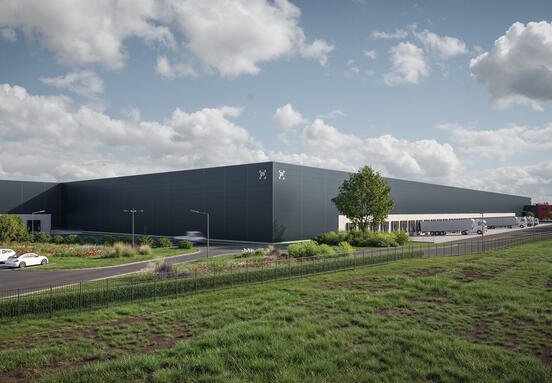Renegotiations approaching 50% of the total take-up
Q1 2023 total take-up reached 1.2 million sqm, continuing the downward trend in occupier activity – when compared with the quarterly average in 2021-2022 (1.7 million sqm). Nevertheless, it remains slightly above the average of 1.1 million sqm recorded in 2019-2020.
The largest new agreements of the first three months of the year were concluded by SHEIN in the Wrocław region (55,000 sqm), MCG EastBridge in the Kraków region (36,700 sqm) and Regesta – with 68,000 sqm in two locations: the Tricity region (35,250 sqm) and Silesia (32,850 sqm).
Net take-up – including new leases, BTS agreements and expansions – fell to 661,000 sqm (-42% y-o-y), equating to 55% of the total transaction volume.
“In current market conditions, tenants are less willing to expand or relocate, as evidenced by the increase in the share of renegotiations, which accounted for 45% of total take-up for the second quarter in a row. Poland, however, remains one of the fastest-growing logistics markets, with leading developers continuing to deliver. This suggests investors’ strong faith in further long-term growth, driven by the continued expansion of e-commerce and manufacturing. Some manufacturers are already relocating part of their operations to Poland in order to shorten and secure supply chains in Europe”, comments Damian Kołata, Partner, Head of Industrial & Logistics Agency Poland, Head of E-Commerce CEE, Cushman & Wakefield.
Warehouse completions hit an all-time high in q1
In March 2023, total warehouse stock in Poland reached 29.9 million sqm (+21% y-o-y).
“More than 1.9 million sqm was delivered in the first three months of 2023 – the highest ever result noted in a single quarter. In Q1, developers began the construction of 870,000 sqm, marking a rebound in development activity – following a weak Q4 from the previous year (when only 300,000 sqm came on stream). At the end of March, there was more than 2.1 million sqm of warehouse space under construction, of which 54% was being developed speculatively”, says Adrian Semaan, Senior Research Consultant, Industrial & Logistics Agency, Cushman & Wakefield.
This is a positive developer response to the shortage of available warehouse space from last year and this will help meet demand from companies looking for newly built space in the short-term.
“Looking forward, development activity will depend largely on factors linked to demand dynamics and the cost of financing. Companies that make extensive use of equity capital are currently the most active”, adds Damian Kołata.
In Q1 2023, the vacancy rate increased visibly to 6.4% (+3.2 pp y-o-y), slightly above the average for the last five years (5.5%). The most significant changes by region on a year-on-year basis were in: Świętokrzyskie (+12.4 pp), Podlaskie (+10.0 pp), West Pomerania (+8.3 pp) and Lubuskie (+6.5 pp). Regional warehouse markets with the lowest vacancy rates are Pomerania with 1% and Lesser Poland with 2%.
After rapid rent increases in 2022, a period of stabilisation is coming
In 2022, warehouse rents increased in many European markets due to high inflation, interest rate rises, increased construction costs, low availability of warehouse space and rising project financing costs. The first quarter of 2023 also witnessed rental growth.
“We are, however, starting to see some signs of stabilisation with increased warehouse availability and more predictable construction costs than a year ago”, comments Adrian Semaan.
Headline rents for big-box projects are in the range of €3.60-6.85/sqm/month – depending on location. Rents for SBU/City Logistics projects are higher – €5.00-7.50/sqm/month. With the financial incentives that are offered to tenants being scaled down, effective rents are only lower than headline rental rates by a maximum of 15-20%.
Source:property-forum.eu

